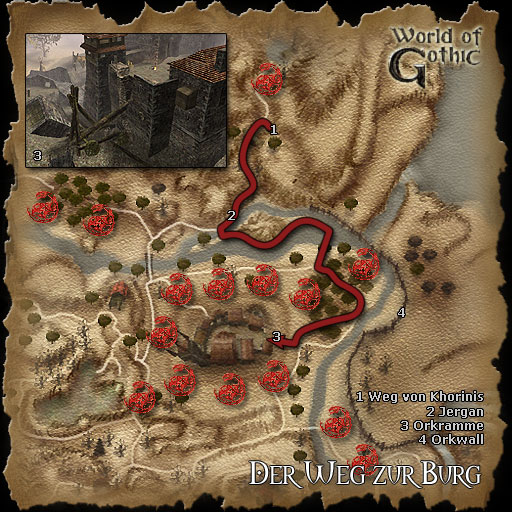

Anders Högström, a Swedish neo-Nazi, and two Polish neo-Nazi men were jailed as a result. The Arbeit macht frei sign over the Auschwitz I gate was stolen in December 2009 and later recovered by authorities in three pieces. The signs' psychological impact was tremendous. The signs are prominently displayed, and were seen by all prisoners and staff- all of whom knew, suspected, or quickly learned that prisoners confined there would likely only be freed by death. He seems not to have intended it as a mockery, nor even to have intended it literally, as a false promise that those who worked to exhaustion would eventually be released, but rather as a kind of mystical declaration that self-sacrifice in the form of endless labor does in itself bring a kind of spiritual freedom. In The Kingdom of Auschwitz, Otto Friedrich wrote about Rudolf Höss, regarding his decision to display the motto so prominently at the Auschwitz entrance: The song repeats the phrase cynically as a "lesson" taught by Dachau. They had spent weeks marching in and out of the camp's gate to daily forced labour, and considered the motto Arbeit macht frei over the gate an insult. In 1938 the Austrian political cabaret writer Jura Soyfer and the composer Herbert Zipper, while prisoners at Dachau Concentration Camp, wrote the Dachaulied, or "The Dachau Song". The original gate posts survive in another part of the camp, but the slogan sign no longer exists.

The slogan appeared at the Flossenbürg camp on the left gate post at the camp entry.

However, Primo Levi describes seeing the words illuminated over a doorway (as distinct from a gate). At the Monowitz camp (also known as Auschwitz III), the slogan was reportedly placed over the entrance gates. It can also be seen at the Dachau, Gross-Rosen, and Theresienstadt camps, as well as at Fort Breendonk in Belgium. The slogan was first used over the gate of a "wild camp" in the city of Oranienburg, which was set up in an abandoned brewery in March 1933 (it was later rebuilt in 1936 as Sachsenhausen). They were held in a number of places in Germany. In 1933 the first political prisoners were being rounded up for an indefinite period without charges.


 0 kommentar(er)
0 kommentar(er)
